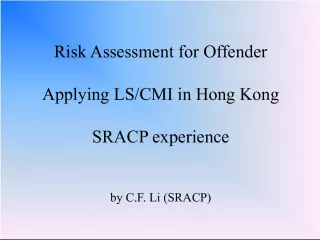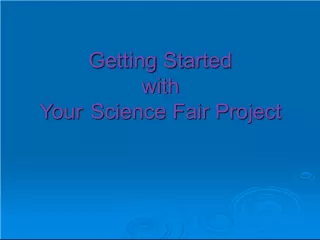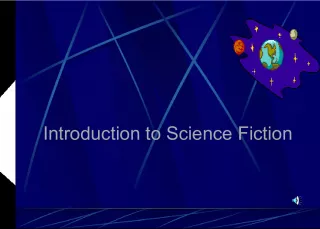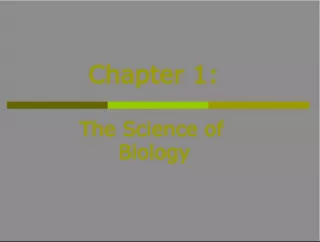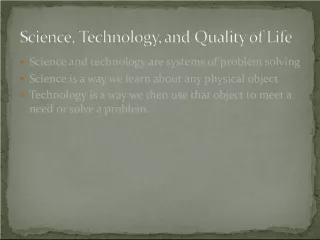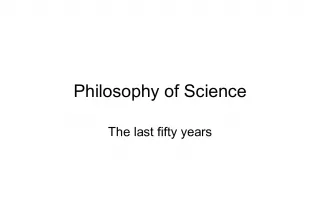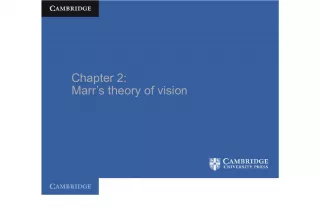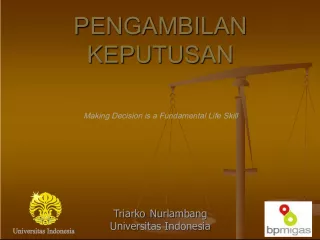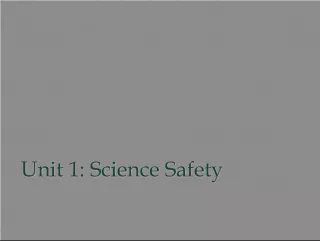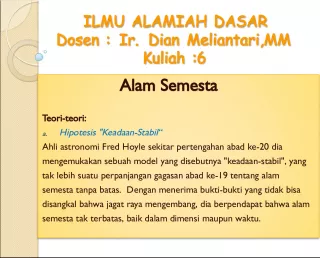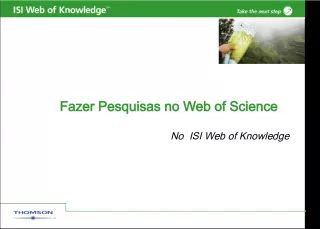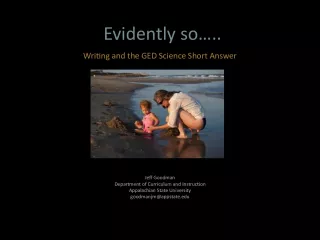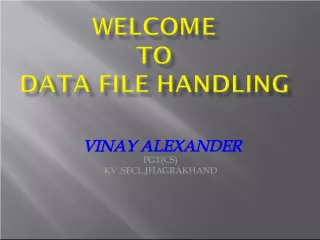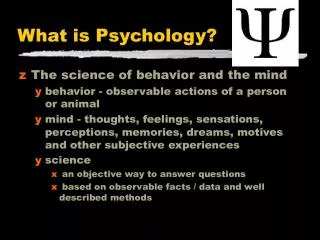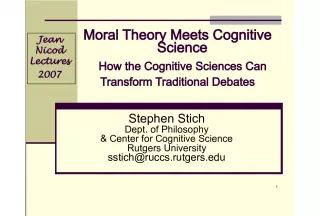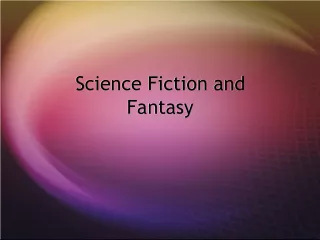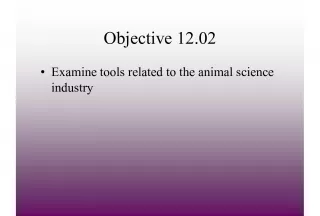Criminalistics: Applying Science to the Law
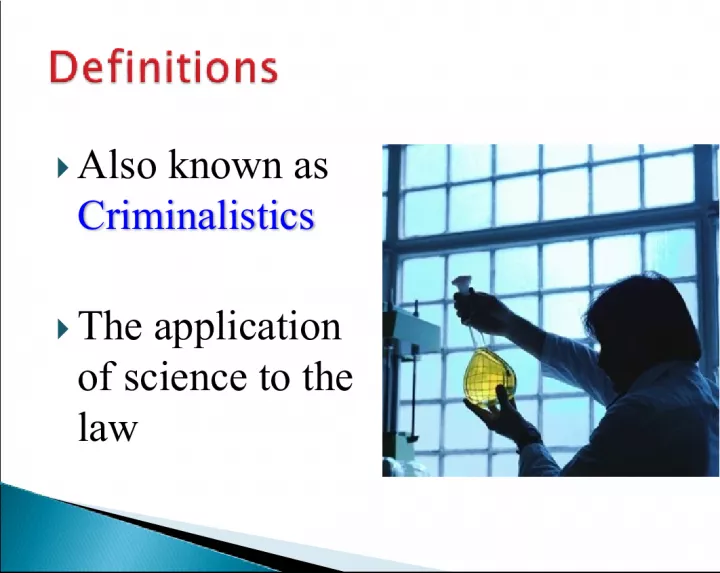

Criminalistics, also known as forensic science, involves the application of scientific methods and principles to resolve criminal cases. This field employs forensic scientists and criminologists to analyze evidence and provide insights into criminal activities.
- Uploaded on | 0 Views
-
 shahisthashet
shahisthashet
About Criminalistics: Applying Science to the Law
PowerPoint presentation about 'Criminalistics: Applying Science to the Law'. This presentation describes the topic on Criminalistics, also known as forensic science, involves the application of scientific methods and principles to resolve criminal cases. This field employs forensic scientists and criminologists to analyze evidence and provide insights into criminal activities.. The key topics included in this slideshow are . Download this presentation absolutely free.
Presentation Transcript
Slide2Criminalistics Also known as Criminalistics The application of science to the law
Slide3Forensic Scientists Criminologists Crime Scene Investigators Coroners Medical Examiners Prosecutors
Slide4Data collection Data analysis Data interpretation Court testimony
Slide5physicalevidence Identify and/or compare physical evidence through chemical, physical, and instrumental analysis
Slide6Analyze Analyze – unearth factual information, regardless which side the evidence supports Interpret Interpret – evaluate findings, arriving at opinions and conclusions Report Report – testify accurately and truthfully
Slide7psychology Study criminal and behavioral psychology to aid in criminal investigations
Slide8Collect and preserve physical evidence from crime scenes
Slide9Perform autopsies to identify the causes and manners of death
Slide10Typically transport corpses from the crime scene to the morgue; some aid in death investigations
Slide11Initiate arrests, indictments and prosecution of criminals
Slide12Trace Evidence (hair, fiber, paint, glass, impressions, etc.) Latent Prints (fingerprints) Forensic Biology (Serology/DNA) Toxicology (blood alcohol, poisons) Controlled substance (drugs) Questioned documents (handwriting & typescripts) Firearms (firearms and ammunition) Others 12
Slide13Crime Scene Investigation Forensic Photography Forensic Anthropology Forensic Computer Science Forensic Engineering Forensic Entomology Forensic Pathology Forensic Psychology & Psychiatry 13
Slide14Federal Bureau of Investigation (FBI) Federal, State, and Local Crime Laboratories Drug Enforcement Administration (DEA) Bureau of Alcohol, Tobacco, Firearms, and Explosives (ATF) U.S. Postal Service (USPS) U.S. Secret Service Central Intelligence Agency (CIA) U.S. Fish & Wildlife Services Teaching at community colleges and universities. 14
Slide15Forensic Scientists Forensic Scientists – Bachelor of Science (BS) or higher in natural or physical science Criminologists Criminologists – BS or higher in sociology or psychology Crime Scene Investigators Crime Scene Investigators – law enforcement officers with a certification, such as one from the International Association for Identification (IAI) Medical Examiners (ME) Medical Examiners (ME) – licensed pathologists possessing a Doctor of Medicine (MD), that have completed several years of internship in pathology Coroners Coroners – equivalent to MEs in some jurisdictions; some are elected county officials who handle corpse and death investigation Prosecutors Prosecutors – Doctor of Jurisprudence (JD) in criminal law 15
Slide16College education Internship In-house training provided by the employing agency External training sponsored by federal and state agencies such as: FBI National Academy in Quantico, VA Texas Department of Public Safety (TXDPS) Workshops provided by various associations during meetings 16
Slide17American Society of Crime Laboratory Directors – Laboratory Accreditation Board (ASCLD-LAB) American Society of Crime Laboratory Directors – Laboratory Accreditation Board (ASCLD-LAB) ◦ Accredits crime laboratories International Organization for Standardization (ISO) International Organization for Standardization (ISO) ◦ Certifies crime laboratories (ISO 17025) American Society for Testing and Materials (ASTM) American Society for Testing and Materials (ASTM) ◦ Certifies testing materials used in analysis American Board of Criminalistics (ABC) American Board of Criminalistics (ABC) ◦ Certifies individual forensic scientists 17
Slide18American Academy of Forensic Sciences (AAFS) American Board of Criminalistics (ABC) Association of Firearm and Tool Mark Examiners (AFTE) More available on the AAFS website: http://www.aafs.org/forensic-links
Slide19http://content.time.com/time/video/player/0 ,32068,1027506447001_2080296,00.html 19
Slide20http://content.time.com/time/video/player/0 ,32068,1027130599001_2080298,00.html 20
Slide21http://content.time.com/time/video/player/0 ,32068,1026381361001_2080300,00.html 21
Slide22http://content.time.com/time/video/player/0 ,32068,1027561275001_2080301,00.html 22
